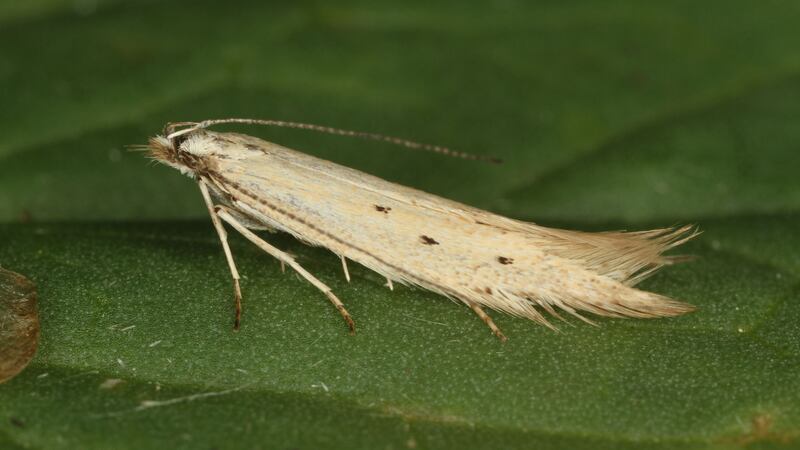A multitude of previously unknown moth species from Europe has been discovered by scientists.
Researchers found a total of 44 new species belonging to the “twirler” moth family, up to half of which were European.
The last time so many moths were identified in Europe was in 1887.
Dr Peter Huemer, from the Tyrolean State Museum in Austria and Danish colleague Ole Karsholt from the University of Copenhagen’s Zoological Museum, wrote in the journal ZooKeys: “The scale of newly discovered moths in one of the Earth’s most studied regions is both sensational and completely unexpected.
“Despite dramatic declines in many insect populations, our fundamental investigations into species diversity are still far from complete.”
The research began when the team spotted what appeared to be an unclassifiable twirler moth in the South Tyrolean Alps in Austria.
To confirm it as a new species, the scientists carried out a five year study of similar specimens from around the world housed in museum collections in Paris, London and Budapest.
Genetic fingerprinting combined with standard methods of looking at colouration, marking and anatomical features revealed that many of them were also new species.
All the new moths belong to the Megacraspedus genus, or family, of large twirler moths.
Insects from the genus have unusually short wings with a span ranging between eight and 26 millimetres. The females are often flightless.
Scientists believe the moths are adapted to turbulent winds in the mountainous regions where they live.








